Line of credit VS loan: interest rates, fees, terms and amount
Study the basic information about personal loans and lines of credit, as well as their features in order to make the right decision.
Choosing a loan type can be very difficult these days. If you have the choice of Personal Loans vs Personal Line of Credit, then it is worth looking into the basic information about both types of financing. Understanding the difference between a personal loan and a line of credit will give you the opportunity to choose the financing that's right for you.
Nowadays, many people can no longer do without loans, as they not only make life easier, but also provide an opportunity to cope with emergency situations and unforeseen difficulties. Thus, it is very important to choose from a variety of options the type of loan that is right for you. So, today you can compare and see the difference between the two popular types of loans - personal loans and personal line of credit. Since they are similar, it can sometimes be difficult to tell the difference between them, however it is important to recognize it before applying.
Personal loans: What you need to know
A personal loan is a type of loan where you receive money in order to cover your needs. Typically, this is a one-time payment. This type of loan is repaid over a fixed period of time.
Personal loan definition and characteristics
A Personal Loan is a precise amount issued for personal needs, usually to pay a one-time payment. The personal loan is repaid at a fixed or variable interest rate (APR) over a fixed period of time. Loan amount? You need to borrow at least $3000. The maximum amount of credit you can take depends on your credit score and other factors. The maturity of a personal loan can vary from one to ten years, depending on the lender. You can choose repayment options: from weekly, bi-weekly, semi-monthly and monthly payments. Your payments will be a combination of principal and interest.
Let's take a closer look at credit rates (APR). Rates vary from lender to lender. Basically, the rates depend on your credit history and repayment ability. A survey of NerdWallet 1 lenders showed that interest rates on personal loans in 2017 looked on average:
|
How's your credit? |
Score range |
Estimated APR |
|
Excellent |
730 - 850 |
13.5% |
|
Good |
690 - 729 |
18.0% |
|
Average |
620 - 689 |
21.9% |
|
Bad |
300 - 619 |
27.3%; lowest scores unlikely to qualify |
You should also distinguish between secured loans and unsecured loans. Secured loans are backed up by your collateral, your property or investment. This leads to higher borrowing and lower interest rates. However, unsecured loans usually have a faster approval process.
Let's look at what personal loans are used for:
- Paying down any debt
- Purchase of durable goods (e.g. apartment, car, furniture)
- Non-targeted purchases (e.g. phones, household appliances, food)
- Paying for vacation
- Even buying a cat (Yes, this case is in the top 10 ridiculous credits).
Loan amount
The loan amount can range from $ 3,000. The maximum amount you can receive if you apply for a personal loan depends on many factors. For example, your credit history, your income, debt-to-income ratio, and so on will affect how much you can get.
Payment terms
The repayment terms of a personal loan can vary, usually from one year to 10 years, depending on the lender you choose. Also, you can choose different options for loan repayment. For example, weekly, bi-weekly, semi-monthly and monthly payments. The payment includes both part of the amount and interest on the loan.
Personal loan interest rates
It should be noted that a personal loan can have both a fixed and a variable interest rate (APR). These rates may vary from lender to lender and often depend on your credit history and ability to repay the loan.
So, if you have an excellent credit score (730 - 850), you can get APR around 13.5%. For those who have a good credit score (690 - 729), the interest rate will be higher - about 18.0%. With an average loan (620 - 689) you will get about 21.9%. If you have a bad credit score (300 - 619) you will get the worst offer with rates around 27.3%
Secured and unsecured personal loan
Before applying, you should also know the difference between a secured and an unsecured loan in order to understand what is best for you.
A secured loan is a type of loan where you must provide collateral (such as a car) in order to obtain a loan. The advantage of a secured loan is that you can qualify for a larger loan and better interest rates. However, in case of a missed payment on the loan, you risk losing your collateral.
Unsecured loans do not require collateral or other collateral and therefore have higher interest rates. However, in case of a missed payment, you do not risk losing your property. Also, an unsecured loan is usually faster to obtain than a secured one.
What can you use a personal loan for?
The name of the loan speaks for itself, you can use the money for your personal needs. Typically, people use a loan to pay off existing debts, to make a large purchase (for example, a car or new furniture) in order to buy something they need (food, household appliances, etc.). Also, some people use the money they receive to pay for their vacation.
Thus, as already mentioned, you can use a personal loan for almost any of your needs. Of course, it's best not to waste your money on unnecessary and stupid things. However, it is your decision how to proceed with the loan.
Personal line of credit: What you need to know
A personal credit line is a lot like using a credit card. Thus, with a personal line of credit you are given a maximum amount and you can use the money to cover any of your needs. Unlike a personal loan, a personal credit line is reusable. You will be able to access your line of credit when the bank approves you.
Personal line of credit - definition
The model of using a personal credit line is similar to using a credit card. That is you are given a maximum amount and you can borrow money from this amount to buy any of your needs. Personal credit line is reusable. You only get access to your personal line of credit after the Bank approves you. And the most important thing is that you pay interest rates only for the amount you use, not for the entire credit limit as you do with a personal loan. Interest rates are variable and are usually tied to the US base rate. Line of credit amount? You can borrow a minimum of $5,000. Personal credit lines may be secured or unsecured. Secured credit line is backed up by your property or investment. This leads to a lower interest rate and a higher credit limit.
Interest rates of personal line of credit can be comparable or lower than those you can get for credit cards. For example, Wells Fargo 2 recently offered personal credit lines with an annual interest rate of 7.25% to 20%. At the same time, people who have other accounts are given a discount up to a percentage point. US Bank’s APRs were 9.5% to 13.5%, without an annual fee. The law requires lenders to provide you with APR information, so you will be able to compare offers, or you can do it on COMPACOM.com website.
“A payment is usually structured as a credit card where the repayment starts immediately. As with credit cards, there is no set payment, but rather a minimum. However, some personal lines of credit can be created more like HELOC (Home equity line of credit), where there is a repayment period and then a later repayment period,” says Nessa Feddis, senior vice president and deputy chief adviser to The American bankers Association.
According to Feddis, a personal credit line requires a "simple" credit score, as opposed to credit cards. The exact definition of rates may vary depending on the financial institution. But overall the major credit scores start around 680 on the 300-850 scale used for Vantagescore 3 and most FICO4 assessment models. Each institution sets its own criteria for qualification.
“A personal line of credit is reported as revolving credit on your credit report,” says Rod Griffin, director of public education for credit bureau Experian 5. That means using too much of your credit line could hurt your scores.
A line of credit is used for:
- Over expenditure of funds
- Insurance of any risks (e.g. export, import)
- Repair of equipment
- Emergency situation
Line of Credit amounts
The amount of the credit line may vary. Typically, you can borrow $ 5,000 or more. Thus, there is no set payment, but rather a minimum. The amount you can receive also depends on your income and credit history.
Payment terms
Since the personal credit line is reusable, the payment terms can be very different. Typically, a payment is structured as a credit card where the repayment starts immediately.
It is also worth noting that some lines of credit have a repayment period and then a later repayment period. Thus, it is necessary to find out information about this on the lender's website before applying for a personal line of credit.
Line of credit interest rates
One of the advantages of a credit line is that you pay interest rates only for the amount you use (in the case of a personal loan, you pay for the entire credit limit). It is also worth noting that interest rates are variable, as a rule, they are tied to the US base rate. Moreover, the interest rates of personal line of credit can be even lower than those you can get for credit cards. Unlike credit cards, a "simple" credit score is enough to get a line of credit.
Secured and unsecured line of credit
As with a personal loan, personal credit lines may be secured or unsecured. A secured line of credit is also backed up by your property or investment. Thus, by using a secured line of credit, you get lower interest rates and a higher credit limit. However, you also run the risk of losing your property. If you have received an unsecured line of credit, the amount you will receive will be less and the interest rates will be less favorable.
What can you use a line of credit for?
Most people often use personal lines of credit for emergencies that require immediate funding. People also often use the credit line for repairing of equipment and insurance of any risks. You can also take a line of credit for overexpenditure of funds.
Personal loan VS line of credit
After reviewing the basic information about personal loans and lines of credit, you can already draw some conclusions about what suits you best. However, for a more visual comparison, you can read the information below, which shows the difference between personal loan and line of credit.
What's the difference between a Personal loan and a Personal line of credit?
| Personal loan | Persona line of credit | |
| Terms | predetermined, 1 - 7 years | not limited |
| Amount | a lump sum of money | a borrowing limit |
| Rates | monthly, on all the amount | monthly, on the amount you borrow |
| Fees | monthly service fee, application fee | annual service fee |
| Repayment | fixed | not fixed |
| Withdrawal of money | as soon as sign the agreement | as long as you meet minimal monthly repayments |
So, bfore deciding on which suits you more, compare all the pros and cons of each type. You may check out other loan options on COMPACOM.com.
Conclusion
Choosing a loan can be a tricky decision, as both a personal loan and a line of credit have their own advantages and disadvantages. In any case, before choosing a type of financing, you must be sure that you can pay off the debt on time. If you are not able to do this, you will have to deal with commissions and payments, as well as a decrease in your credit rating. Thus, you should be careful and responsive to the loans you take. It is best to have a loan repayment plan that will enable you to pay off your debt on time.
It is also best to take any loan only if necessary in order to avoid high interest rates and payments. If you have the opportunity - contact your friends and family, they may be able to give you money in order for you to cover your needs or make the necessary purchase. Do not go into debt until you have used other options. Use loans wisely!


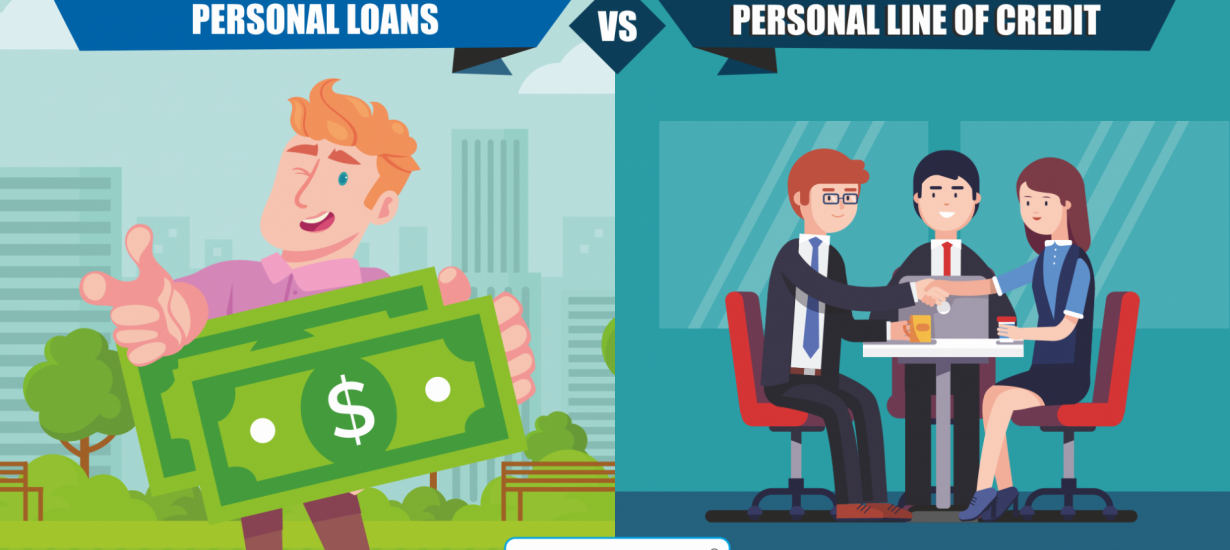
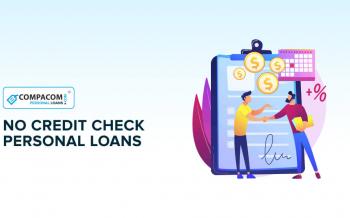

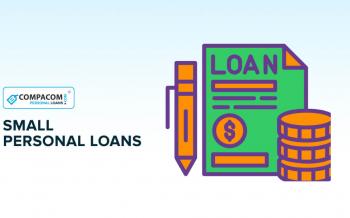
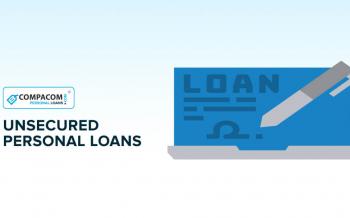
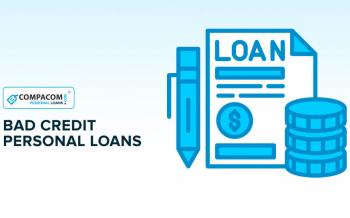
You are about to post a question on compacom.com:
Any comments or reviews made on this website are only individual opinions of the readers and followers of the website. The website and its authors team are not responsible, nor will be held liable, for anything anyone says or writes in the comments. Further, the author is not liable for its’ readers’ statements nor the laws which they may break in the USA or their state through their comments’ content, implication, and intent.